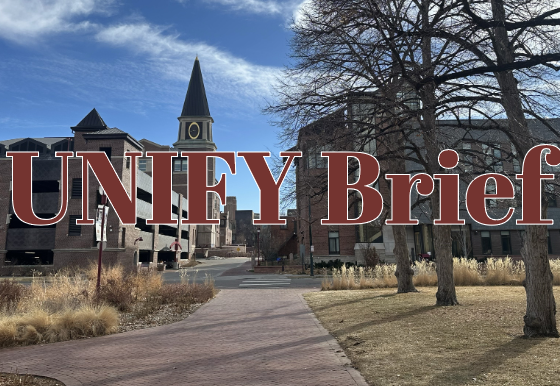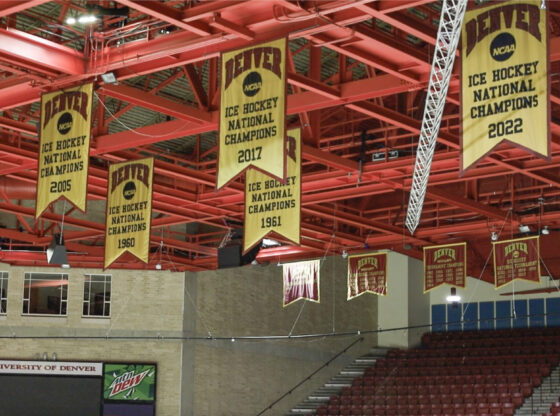Once the largest Chinatown in the Rocky Mountain region, Denver’s Chinatown was erased from the map in 1880 by a race riot. In April 2022, the city of Denver offered an apology after being pressured by organizations like Colorado Asian Pacific United (CAPU).
Chinese immigrants have resided in Denver since the city’s founding. Drawn to the United States by the gold rush, many found jobs mining, working on the transcontinental railroad or working in the service industry as cooks or laundrymen. Denver’s Chinatown was located along modern-day Wazee Street, between 15th and 17th, and grew from about four Chinese residents in 1870 to 238 in 1880.
Although these Chinese immigrants were a small portion of the Denver population, the enclave was central in lower downtown, making the group very visible and vulnerable. Racially motivated resentment towards Chinese immigrants was at an all-time high in the western United States in the 19th century. The neighborhood was seen by white neighbors as a threatening, corruptive part of town associated with prostitution, gambling and opium dens.
On Oct. 31, 1880, an estimated 2,000 to 5,000 Denverites attacked Chinatown. Aiming to drive out the immigrants and destroy the infrastructure, they razed buildings, injured many and lynched a 28-year-old man named Look Young (who was commonly referred to as Sing Lee). The men responsible were brought to trial but found not guilty.
According to historians, the race riot wasn’t what delivered the final blow to Denver’s Chinatown. After the riot, tensions resumed, but the resilient Chinese community stayed to rebuild.
Legislation from the federal government was what ultimately killed Chinatown. According to CAPU, Denver’s anti-Chinese race riot helped inspire the infamous federal Chinese Exclusion Act in 1882. This legislation halted Chinese immigration into the U.S. and through its subsequent amendments, families and businesses were destroyed, rendering Chinatown nonexistent.
The plight of these early Denver residents is hardly known. They were not given the respect, acknowledgment or apology they and their families deserved until 2022, 142 years after the riot. Until its removal two years ago, an inaccurate plaque located on the corner of Blake and 20th in Denver was the only known acknowledgment of Chinatown’s existence and the race riot that brought about its ultimate destruction.
William Wei, a former Colorado historian and CAPU board member, is quoted in Nika Anschuetz’s article in the University of Denver magazine discussing the misrepresentation of the plaque. “It was a mischaracterization of the Chinese and the Chinatown. The Chinese community was characterized as a den of iniquity… the plaque focused on white saviors,” said Wei.
After the city of Denver’s apology, the plaque was removed. Since then, CAPU has been making strides to ensure Denver’s early Chinese immigrants are remembered properly. According to Rocky Mountain PBS, three new historical markers are now located in historic Chinatown: one to remember Chinatown’s overall vibrant history, one for the dark night of the race riot and one to honor Look Young’s tragedy.
The three new markers are a way to commemorate the Chinese and Asian communities that have been an integral part of our city’s history. CAPU and other organizations and coalitions are determined to bring awareness and educate individuals on the unsung cultural history of the city, all while creating a community for individuals to feel accurately represented.
You can read more about Colorado Asian Pacific United’s work with Chinatown here.











